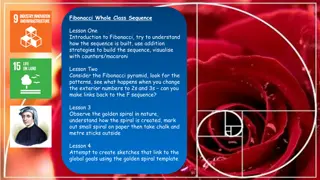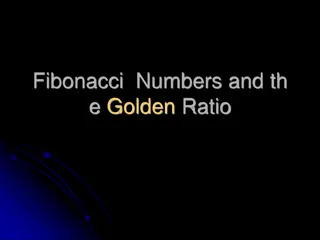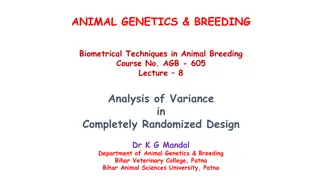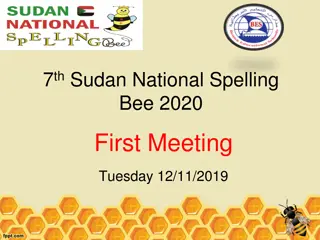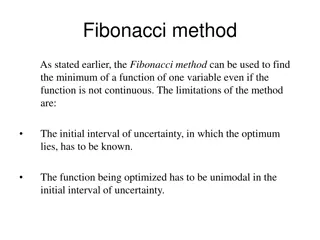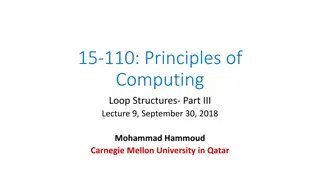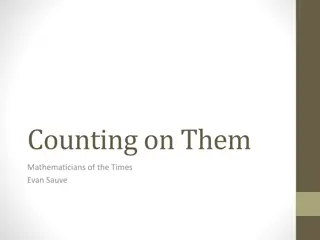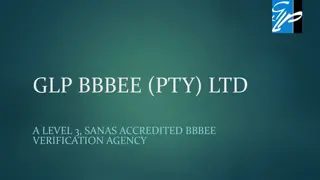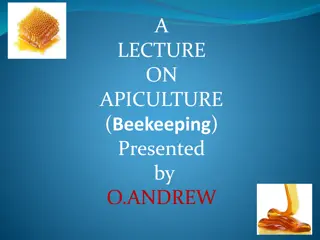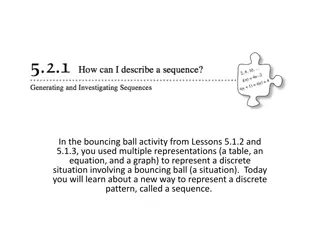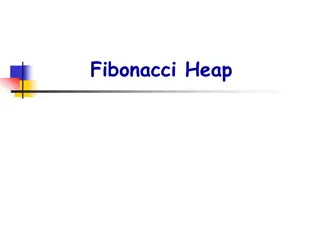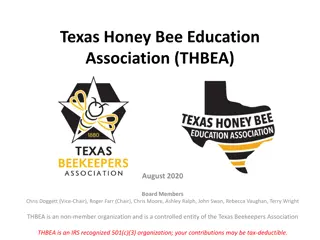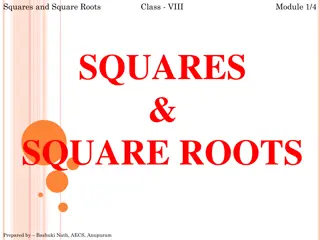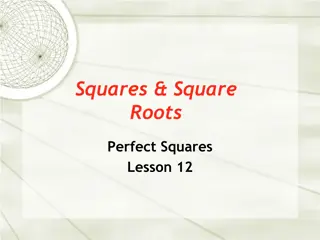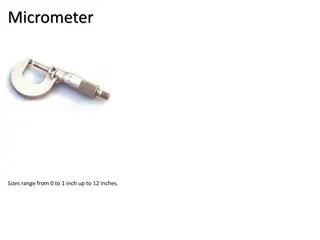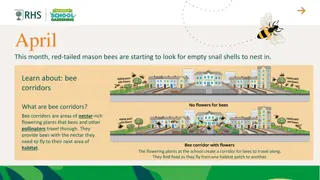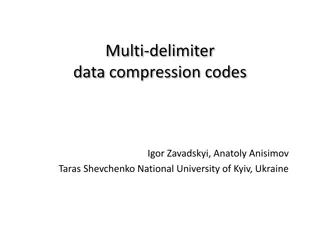Exploring Fibonacci Sequence, Bee Hives, and Squares in Nature
Discover the fascinating world of Fibonacci sequence through the lens of bees, sunflowers, and mathematical patterns in nature. Learn about the Fibonacci numbers, bee colonies, the beauty of sunflowers, and the mathematical properties of squares. Dive into the history of Leonardo of Pisa and his contributions to mathematics. Explore the wonders of nature's mathematical symphony intertwined with the Fibonacci sequence.
Download Presentation

Please find below an Image/Link to download the presentation.
The content on the website is provided AS IS for your information and personal use only. It may not be sold, licensed, or shared on other websites without obtaining consent from the author. Download presentation by click this link. If you encounter any issues during the download, it is possible that the publisher has removed the file from their server.
E N D
Presentation Transcript
21 13 8 5 3 2 1 1
+ + Grand- dadee bee. Grand- mumee bee. + This is she, my mother bee. + This is me, a male bee.
No wonder that only 5% of the bees in a hive are males! That is true but female worker bees make the honey! Bee-lieve it or not!
The sequence of 1, 1, 2, 3, 5, 8, 13, , is known as the Fibonacci Sequence. Fibonacci was an Italian mathematician who lived from 1170 to 1240. He is famous for promoting the Hindu-Arabic number system in Europe, his work on algebra, and this famous sequence. Fibonacci s real name was Leonardo of Pisa. As a young boy he would have seen the leaning tower being built.
1 4 1 25 9
5 For a square of side length, five, the area is 5 x 5 = 25 square units. This result can also be written as 52 = 25, which is read as Five squared equals twenty-five. 5
8 For a square of side length, eight, the area is 8 x 8 = 64 square units. This result can also be written as 82= 64, which is read as Eight squared equals sixty-four. 8
Here are the first few Fibonacci numbers: There are two Fibonacci numbers that are equal to the square of their place (n). What numbers are those? n 1 2 3 4 5 6 Fibonacci Number 1 1 2 3 5 8


